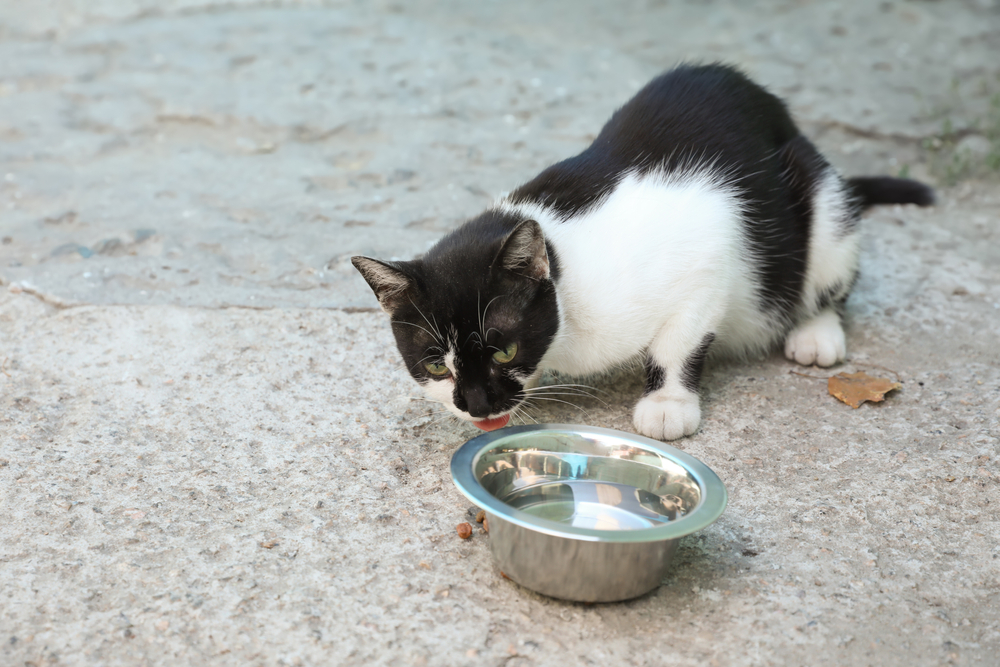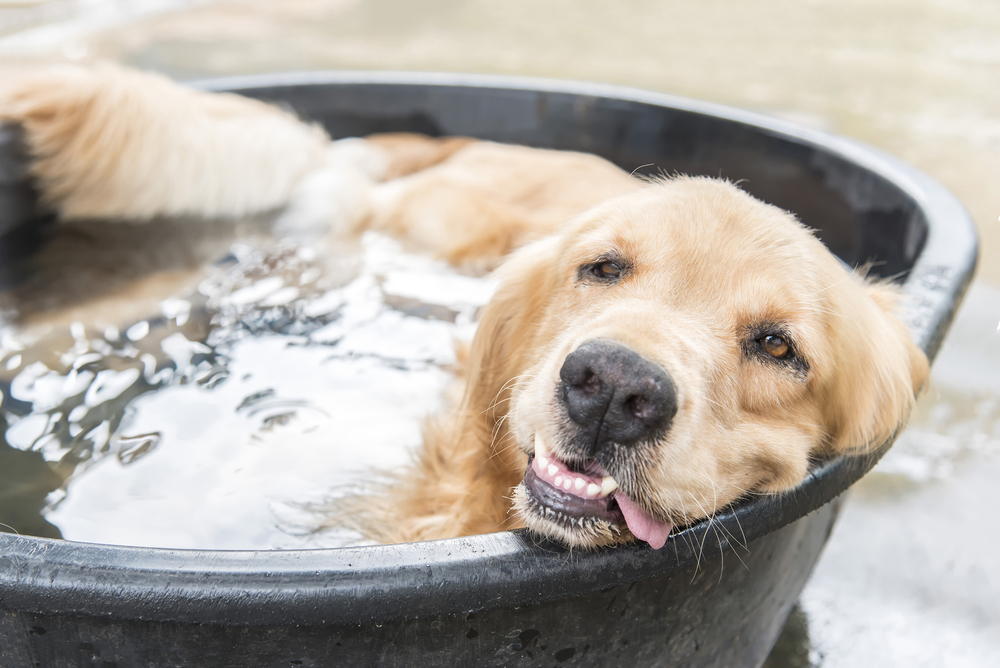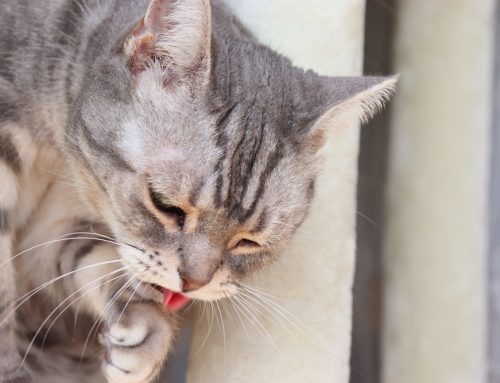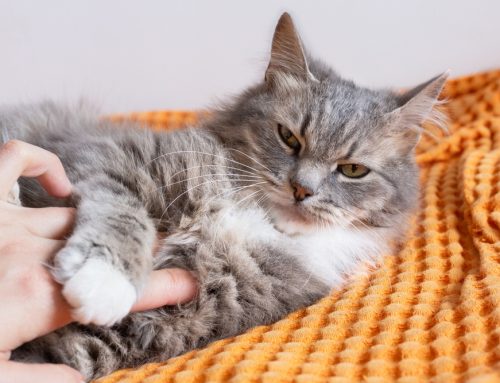The long, hot, and oh-so-humid summer days require more water, shade, and sunscreen. Your pet will also need additional care during hot days. High temperatures can pose serious health risks to cats and dogs, including dehydration, paw burns, sunburn, and life-threatening heatstroke. Our Tidmore Veterinary Hospital team offers suggestions for keeping your pet safe and comfortable during the hot summer.
At-home heat and sun safety for pets
Pets spend most of their time indoors, but fresh air, exercise, and sunshine can enhance their health and well-being. Use the following safety tips to keep your furry pal cool and comfortable in the summer heat:
- Multiple water sources — Ensure your pet has access to fresh, clean water at all times. Dehydration can set in quickly during hot weather, so regularly check and refill their water bowls. Consider placing bowls around your home and yard to encourage frequent drinking.
- Shade and cool areas — When you spend time with your furry friend outdoors, provide access to shaded areas. Trees, tarps, umbrellas, or specially designed pet tents can offer relief from the intense sun. Indoors, maintain a cool environment with fans or air conditioning for your pet, even when you leave. Cooling mats and damp towels can also provide a comfortable spot for your pet to lie on.
- Splash time — Many dogs enjoy a good romp in a kiddie pool or through a lawn sprinkler. However, always keep an eye on your pet around water, no matter how shallow, to ensure they don’t get into trouble. You can also wet your pup with a hose to maintain their comfort outdoors.
- Pet sunscreen — Pets with light-colored or minimal fur often become sunburned when outside for long periods of time. Long-haired pets can also become sunburned on exposed areas of skin, including their nose, ears, and belly. To avoid burns, apply pet-safe sunscreen to vulnerable areas and reapply if your furry pal gets wet.
- Paw protection — Hot pavement, sand, and asphalt can burn your pet’s paws. Always check the surface temperature before allowing your pet to walk on it. If it’s too hot for your hand, take your pet to a grassy or shaded area to play instead. Also, consider using protective booties to shield your pet’s paws from heat and sharp objects.
Pet exercise safety during summer months
While it’s important for your pet to get regular exercise, avoid strenuous outdoor activities during the hottest part of the day, which is typically between 10 a.m. and 4 p.m. Instead, plan walks and outdoor activities for the early morning or late evening when temperatures are cooler.
Limit strenuous exercise during hot weather. Overexertion can lead to overheating, especially in breeds with flat faces (i.e., brachycephalic breeds), older pets, and those with health conditions. Shorter, more frequent walks or play sessions in shaded areas can help keep your pet active without risking their health.
Heatstroke risks to pets

Heatstroke is a serious condition that occurs when a pet’s internal body temperature exceeds 105 degrees and is considered a veterinary emergency. While staying outside too long or overexerting themselves in hot weather can result in your pet suffering from heatstroke, the risk significantly increases if they are left in a parked vehicle, even when the vehicle is in the shade and the windows are cracked. Never leave your furry friend in the car, even for a few minutes. Signs of heatstroke include:
- Excessive panting
- Drooling
- Lethargy
- Disorientation
- Vomiting
- Red tongue and gums
- Seizures
- Collapse
If you suspect your pet is suffering from heatstroke, immediately move them to a cooler area and contact our Tidmore Veterinary Hospital team. Applying cool (not cold) water to their body and offering small amounts of water can help stabilize them while you seek veterinary care.
Is your pet ready for summer? Schedule a wellness exam with our Tidmore Veterinary Hospital team so we can evaluate their health.








Leave A Comment